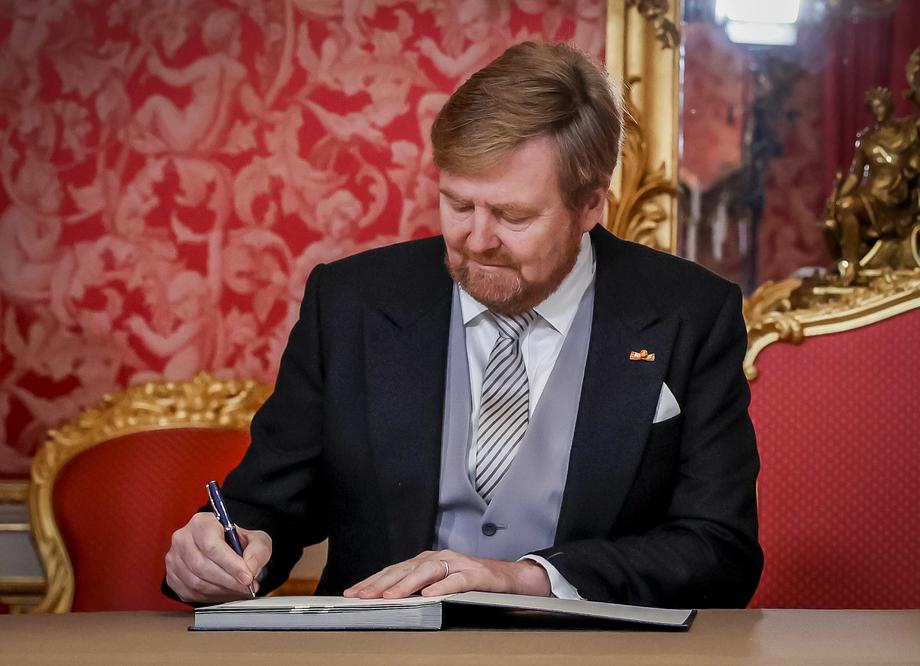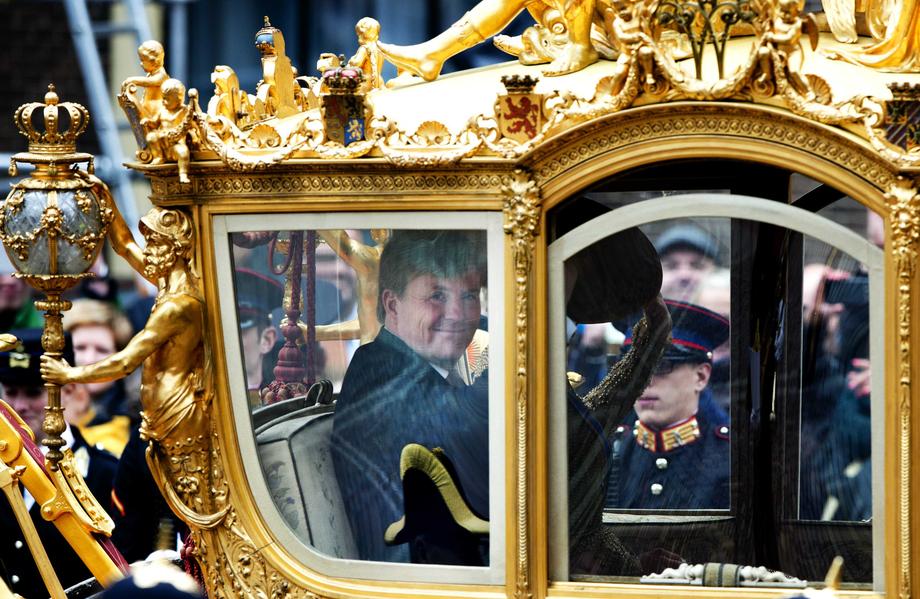Colonial history tax: Dutch king relinquishes abusive gold carriage

The De Gooden Coates carriage is a thorn in the side of civil rights groups, as it is adorned on one side with a painting celebrating the colonial past of the former world empire.
In an effort to quell the heated debate over the colonial period in Dutch history, King Willem-Alexander announced that the royal family would stop using it the traditional golden chariot. The "honor to the colonies" shows people from Africa and Asia, including one on their knees, offering cocoa, sugar cane and other goods to a young white woman who symbolizes the Netherlands. A young man sitting next to her hands a book to a boy. The author of the detail, Nicholas van der Vaie, in 1896, described how he sought to portray "the Netherlands bestowing civilization on its colonies."

Addressing the nation 126 years later, King Wilhelm-Alexander accepted them reviews that the carriage is offensive to a huge number of people.
- From the aspect of our time, there is no point in condemning and rejecting what happened. Simply banning historical objects and symbols is certainly not a solution either. Instead, concentrated effort is needed to penetrate deeper and take longer. Efforts to unite us instead of dividing us. "As long as there are people in the Netherlands who feel the pain of discrimination every day, the shadow of the past will hang over our time," he said.
Anti-racism activists welcomed the king's move, but called for more steps to confront the colonial past.
In the 17th century, the Netherlands ruled vast territories around the world, from Indonesia and West Papua to the east, through South Africa to Curacao, and at the same time controlled the world slave trade.
The mayor of Amsterdam, Femke Halsema, last year formally apologized for the city's role in the slave trade, but Prime Minister Mark Rutte persistently rejected calls to do so on behalf of the Netherlands.
The royal family last used the De Gooden Coates seven years ago. After several years of restoration, it has been on display in a museum in Amsterdam since last year.



